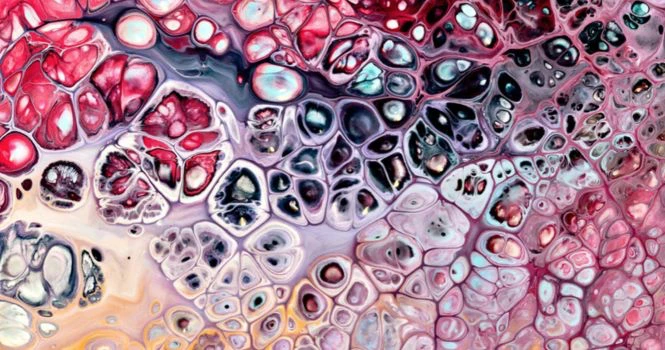Cell is defined as structural and functional unit of living organism.
It has all the characteristics of life in the smallest form.
Each Cell in the body has the following characteristics:
- Needs oxygen and nutrition
- Produces its own energy necessary for growth
- Eliminates carbon dioxide and waste products
- Responds immediately to bacteria or other invaders
- Reproduces by division.Exceptions being neurons.
TISSUE
Group of cells having similar function.
Many types of tissues are in the body of which the four major are called primary tissues,
- Muscle Tissue
- Nervous Tissue
- Epithelial Tissue
- Connective Tissue
ORGAN
Organ is a structure which is formed by two or more primary tissues,which perform the functions of the organ.
The organs are of two types, namely
- Hollow organs
- Compact organs
Some of the organs of the body are heart, lungs, brain, stomach,liver, intestine,pancreas,kindney etc.
SYSTEM
Group of organs that work together to carry out specific functions of the body is called the organ system.
- Digestive system is concerned with digestion of food.
- Respiratory system is concerned with supply of oxygen and removal of carbon dioxide.
Musculoskeletal system is responsible for stability and movements of the body.
STRUCTURE OF CELL:
Each cell is formed by a cell body and a cell membrane, covering it.
Structure of the Cell is studied in 3 headings:
- Cell Membrane
- Cytoplasm
- Nucleus
Cell Membrane: Composed of 3 types of substances
- Proteins (55%)
- Lipids (40%)
- Carbohydrates(5%)
Functions of cell membrane are,
- Protection
- Selective permeability
- Absorption
- Excretion
- Exchange of gases
- Maintaining shape and size of cell
Cytoplasm:
Cytoplasm is formed by jelly like substance formed by 80% of water. It contains clear liquid namely cytosol which has many particles of different sizes(proteins,carbohydrates,lipids and electrolytes)
Nucleus:
Largest of the organelle occupying 10% of the total volume of the cell.Major components of the nucleus are
- Nucleoplasm
- Chromatin
- Nucleolus










